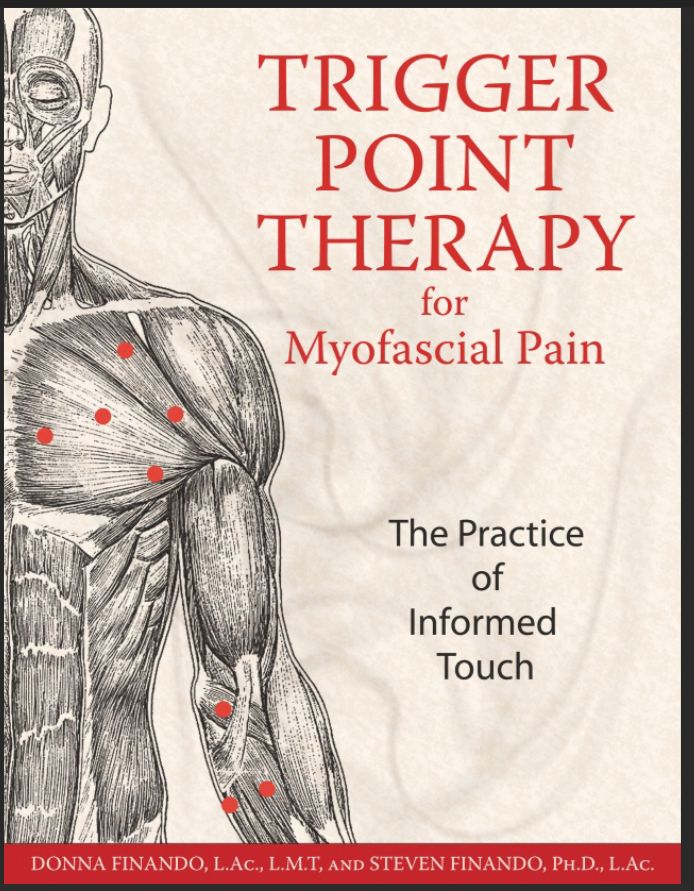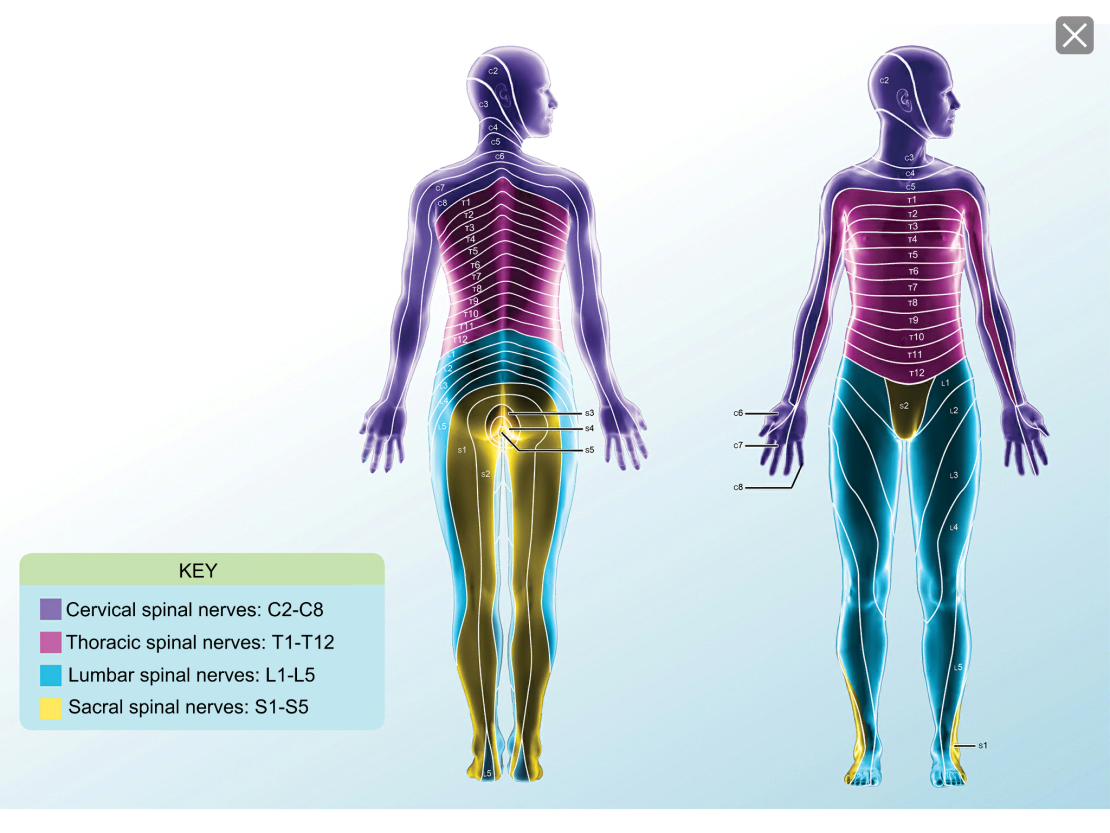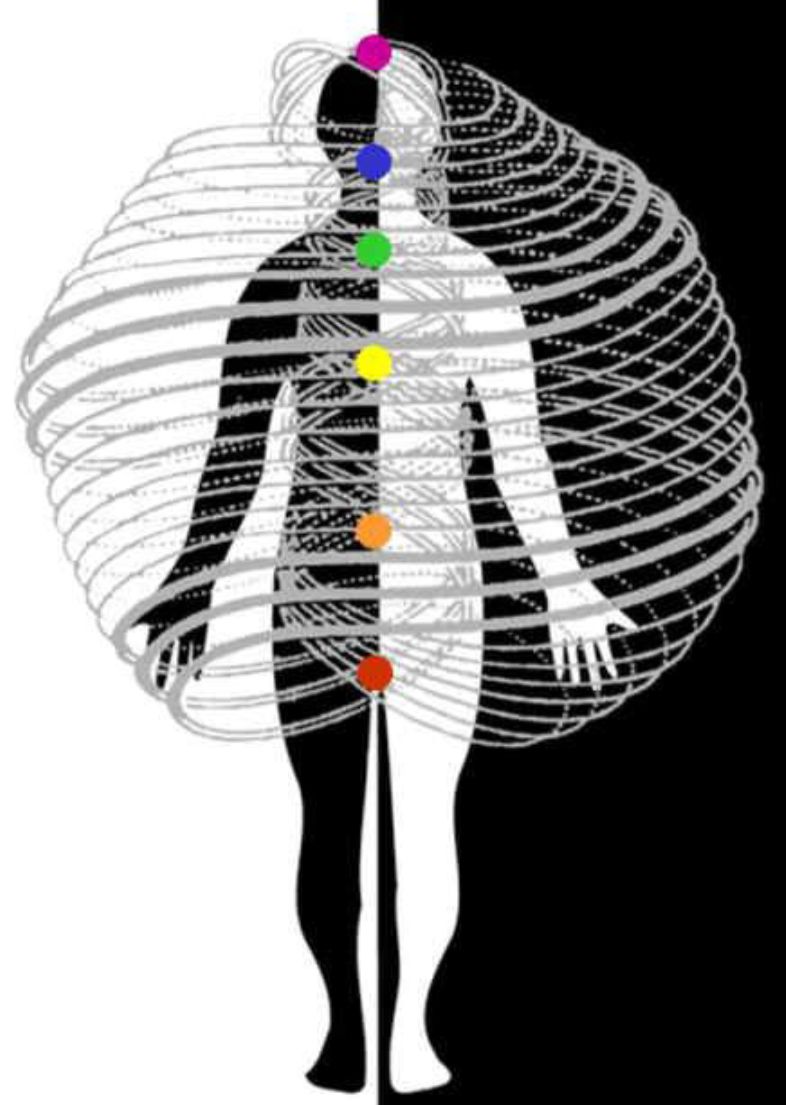Services
Delight in our exclusive selection of therapeutic massages, each lasting for a luxurious 60 minutes at $80. “Tailored Massage Therapies for Women - Embrace Your Well-being”.
Swedish Massage
Swedish Massage is a very relaxing and therapeutic style of bodywork.
It combines oils or lotion with an array of strokes to help the body improve its circulation. The benefits of this type of bodywork are wide-ranging and include relief from aches and pains, decreased stress levels in the body, enhanced mental clarity, improves appearance, and promotes longevity.

Shiatsu
Shiatsu is a Japanese form of massage therapy that honors the body, mind and spirit.
The word Shiatsu comes from two Japanese words - \"shi\" (finger) and \"atsu\" (pressure).In addition to the direct stimulation of pressure points along the energy pathways of the body, gentle stretching techniques are applied over a wider area of the body to integrate the point work and encourage the flow of energy throughout the body.

Thai Massage
Thai massage is more energizing and rigorous than most other forms of massage therapy.
I use my hands, knees, legs, and feet to move you into a series of yoga-like postures and stretches. No oil is applied, so you are fully dressed during the session. A single Thai massage session will help you release stress and relieve pain, and help you function more effectively at work and home.

Myofascial Massage
Myofascial massage treats injuries and discomfort, reduces pain and increases range of motion.
Myofascial massage targets the fascia - the membrane surrounding muscles -. Imbalances in the fascia can have serious effects on the range of motion of the body, discomfort and pain. Myofascial massage focuses specifically on releasing tension in this important membrane and deliberates the body from severe immobility and pain.

Reflexology
Reflexology is a type of bodywork that focuses on applying pressure to the specific nerve zones in your feet. Reflexology intends relieve tension on the feet and aims to harmonize the entire body. According to reflexology, every part of the human body is mapped into the feet. Reflexology treatments have been found to be highly effective for conditions such as allergies, headaches, depression and more.

Trigger Point Therapy
Trigger Point Therapy focuses on stimulating and releasing \"trigger points\" in your body.
Trigger points are tender areas of tension similar to acupressure points, except they occur in the belly of the muscle rather than along the energy pathways of the body. These \"knots\" are built up throughout a person's life due to physical, mental, and/or emotional stress. During a session, focused pressure is applied through a variety of techniques order to release your trigger points. This process can be quite painful at times, yet the effects are lasting and transformative.

Neuromuscular Therapy
Neuromuscular massage therapy is a specialized form of manual massage in which digital pressure and friction are used to release areas of strain in a muscle. Strain areas are called tender or trigger points, and they tend to be the cause of ongoing muscular pain symptoms.
Neuromuscular therapy is a system of massage techniques that were developed in the 1930's by Dr. Stanley Lief in England. It uses a holistic approach towards healing, emphasizing and stimulating the body's natural ability to heal itself. Neuromuscular therapy also enhances the function of joints and muscles, and accelerates the overall healing process by facilitating the release of endorphins.

Polarity Therapy
Polarity therapy is a type of bodywork which is focused on the energy fields of the body, rather than the physical body itself. This type of body work is also called energy work, because the practitioner attempts to adjust the skewed energy fields of the body and bring them into balance. During a polarity therapy session, the therapist and client usually work together in a very calm, relaxed environment. Polarity therapy, or polarity balancing, is a form of energy therapy based on the belief that changing your body’s electromagnetic field can treat various bodily issues. Dr. Randolph Stone, an osteopath, chiropractor, and naturopath, developed this form of alternative medicine in 1947.
